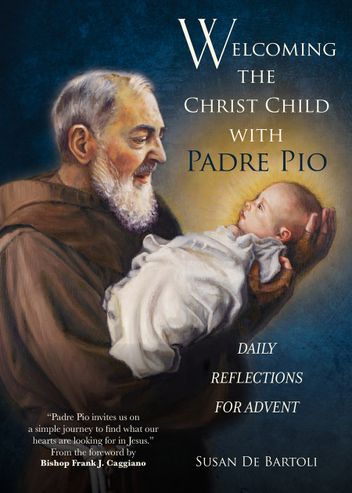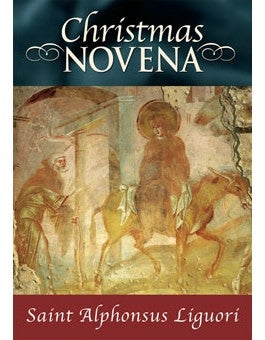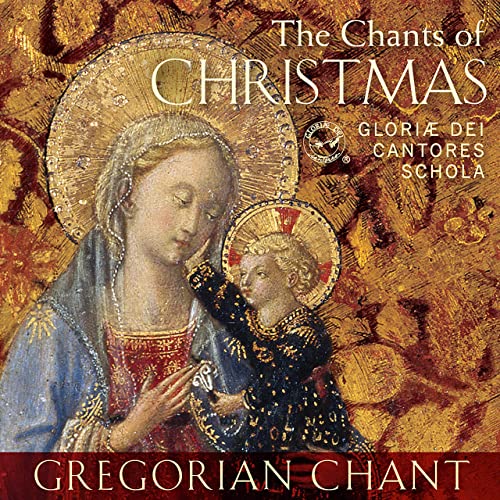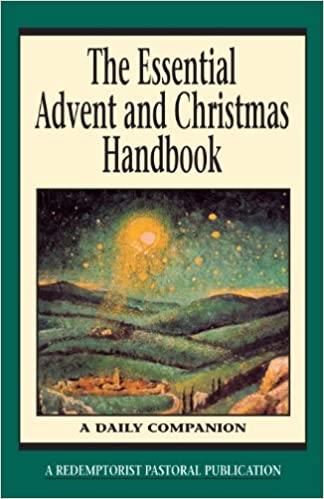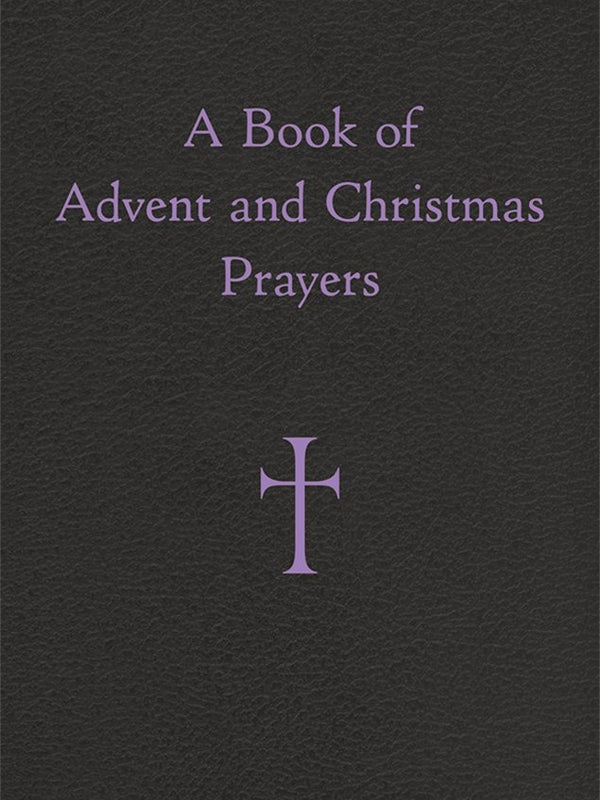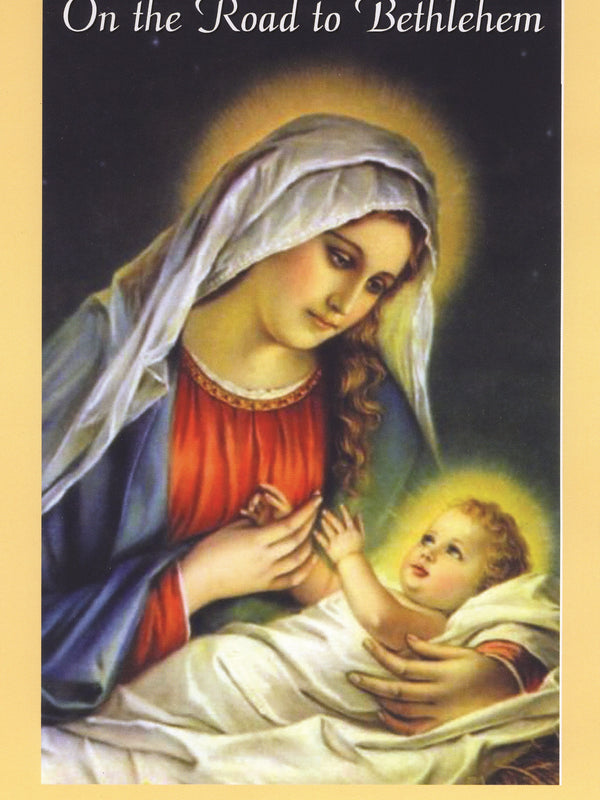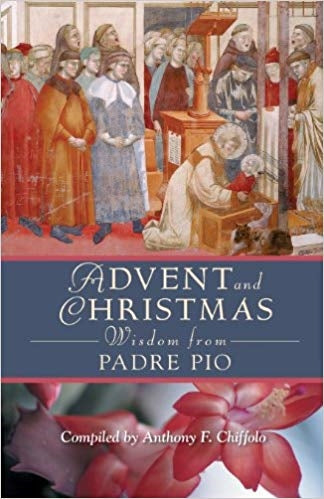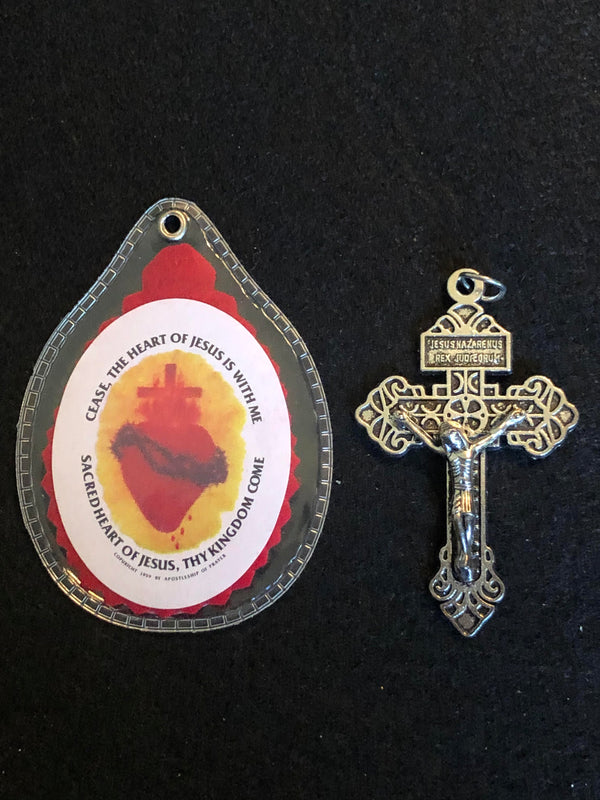
SACRED HEART BADGE
Our Lord revealed to the Sacred Heart visionary, Saint Margaret Mary Alacoque, His wish for her to order just such an image for veneration,
The saint herself always kept an image with her, as did her novices, and sisters in the convent, who made thousands of the Sacred Heart Badges.
In a revelation to another nun, Venerable Ana Magdalena Remuzat, the Lord reportedly foresaw a serious epidemic in the city of Marseilles but that its denizens would receive supernatural help through the devotion.
“Mother Remuzat, helped by the sisters in her convent, made thousands of Sacred Heart Badges, and distributed them throughout the city where the plague was rampant,” says the blog, which offers them, as do we [see below]. “Soon afterward, the epidemic stopped. As if by a miracle, many Badge wearers were not infected and even people who got sick experienced extraordinary help through the Badge. Analogous events happened elsewhere. From then on, use of the Badge spread to other cities and countries.”
THE PARDON CRUCIFIX
The word indulgence originally meant kindness or favor. In Latin it meant the remission of a tax or debt. Under Roman law it was used to express release from captivity or punishment. In this instance, an indulgence is given to remit the temporal punishment of sin that has been forgiven.
These indulgences have been declared upon the Pardon Crucifix by Pope St. Pius X in 1905, and have been approved in the pardon of the living and the souls in Purgatory in 1907 (no longer mentioned in the new enchiridion).
- Whoever carries on his person the Pardon Crucifix, may thereby gain an indulgence.
- For devoutly kissing the Crucifix, an indulgence is gained.
- Whoever says one of the following invocations before this crucifix may gain each time an indulgence: “Our Father who art in heaven, forgive us our trespasses as we forgive those who trespass against us.” “I beg the Blessed Virgin Mary to pray to the Lord our God for me.”
- Whoever, habitually devout to this Crucifix, will fulfill the necessary conditions of Confession and Holy Communion, may gain a Plenary Indulgence on the following feasts: On the feasts of the Five Wounds of our Lord, the Invention of the Holy Cross, the Exaltation of the Holy Cross, the Immaculate Conception, and the Seven Sorrows (Dolors) of the Blessed Virgin Mary.
- Whoever, at the moment of death, fortified with the Sacraments of the Church, or contrite of heart, in the supposition of being unable to receive them, will kiss this Crucifix and ask pardon of God for his sins, and pardon his neighbor, will gain a Plenary Indulgence.
The Front of the Crucifix: Above the cruciform figure, the familiar I.N.R.I. has been inscribed with the words “Jesus Nazarenus Rex Judaeorum. “” Latin uses I instead of the English J, and V instead of U (Iesvs Nazarenvs Rex Ivdaeorvm). The English translation is “Jesus of Nazareth, the King of the Jews.”
The Reverse of the Crucifix: On the transverse arms are the words, “Father, forgive them.” On the vertical beam of the Cross are the words, “Behold this heart which has so loved men.” An image of The Sacred Heart of Jesus is shown in the center.

